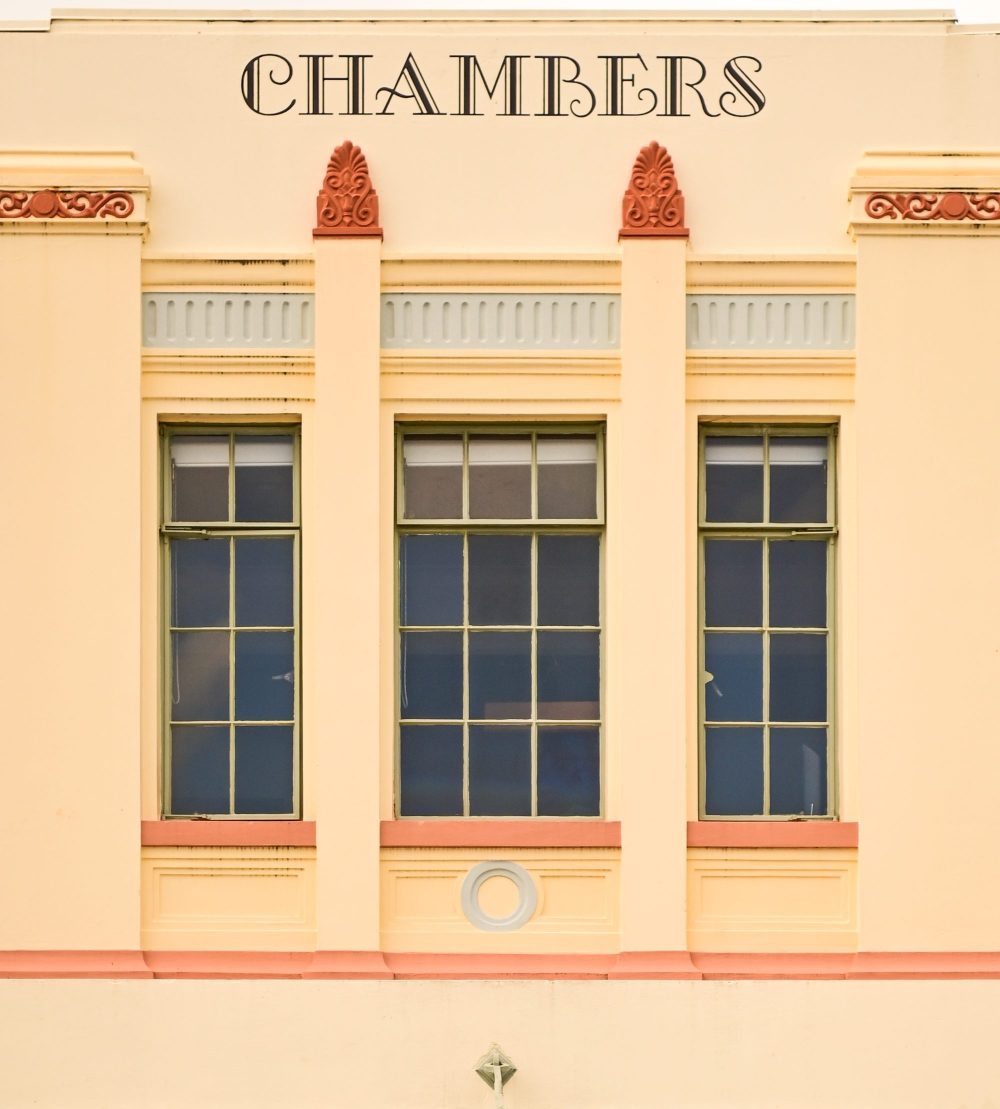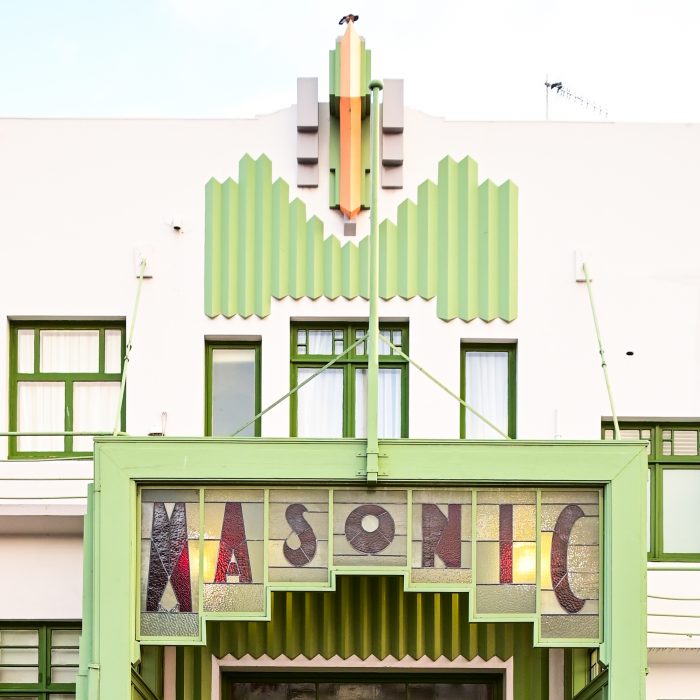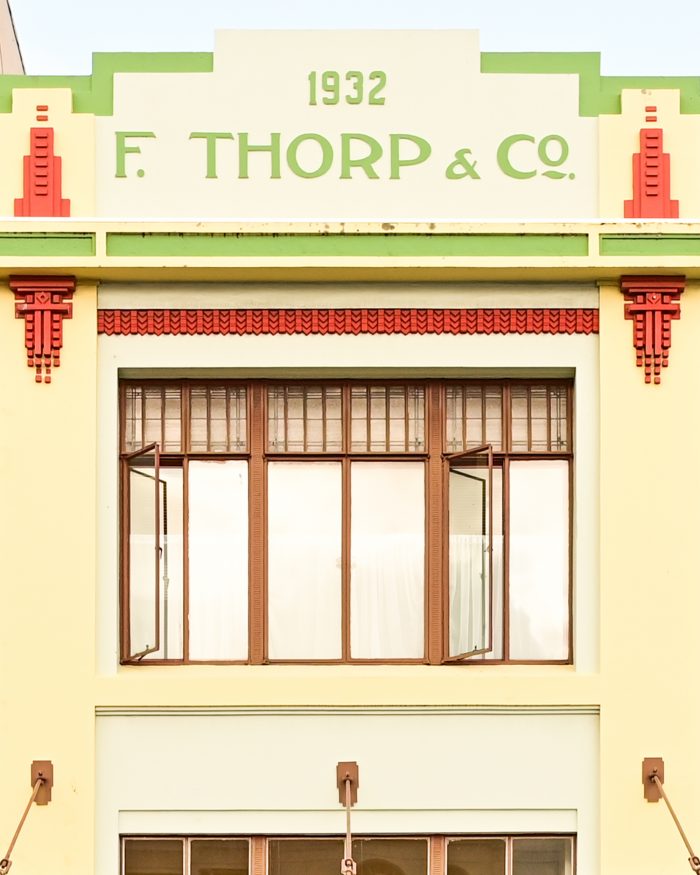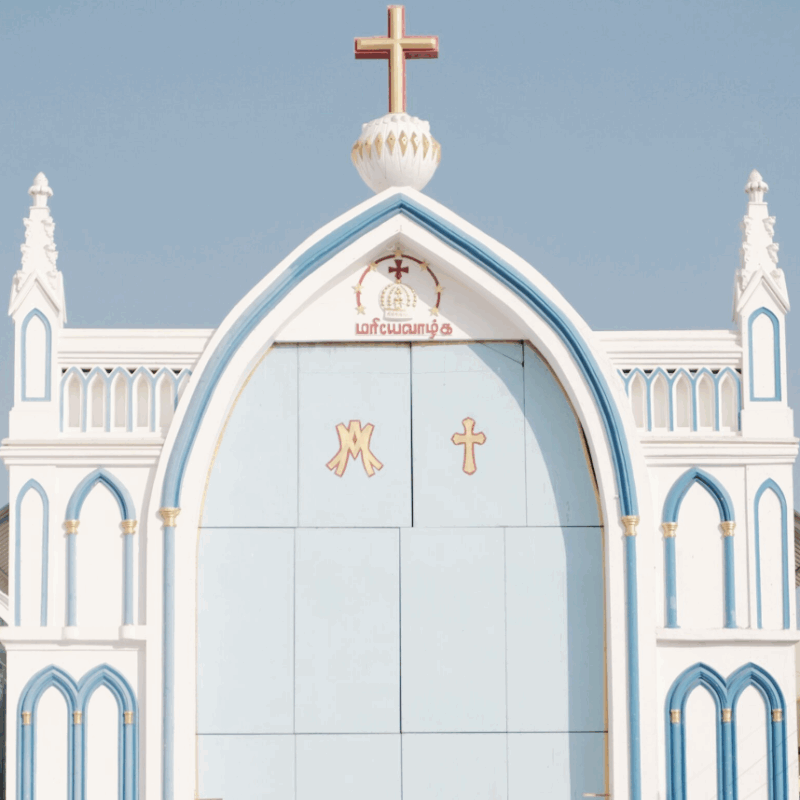Affectionately known as the “Art Deco Capital of the World”, the town of Napier, New Zealand had a rocky start to its path to international renown. What began as a quiet day in February 1931 would result in utter devastation when an unprecedented 7.8 magnitude earthquake struck the idyllic seaside community located in Hawke’s Bay. Buildings crumbled, fires roared, and many townspeople met their demise. Yet in the wake of one of New Zealand’s most debilitating natural disasters, Napier would emerge anew.
New Zealand’s government worked swiftly to aid the town. Commissioners John Barton & Lachlan Campbell were assigned to the Reconstruction Committee, and the town’s four architecture firms E.A. Williams, Finch & Westerhold, Natusch & Sons, and J.A. Louis Hay came together in commitment to rebuild.
So why was Art Deco the chosen approach for the town?
Well, safety & cost were the prime factors in consideration, and as many Art Deco buildings are square-shaped, reinforced concrete buildings, the approach served the need for a safe, holistic design for a town that had fallen victim to an earthquake. Within two years, more than one hundred and sixty buildings were completed in this stylish, yet safe, motif.
The Colenso Chambers building – standing in the center of ‘new Napier’ – embodied the spirit of the town’s rebirth. Originally built in 1932 as a private hotel, it was redesigned by E.A. Williams and today houses storefronts and apartments. Spanish Mission motifs are blended alongside the Prairie Style and Stripped Classical architecture that emerged during reconstruction. Yet, these Art Deco remained the foremost style throughout the town.
Nearly a century later, Napier remains a prominent seaside community. The intricate ornamentation of its buildings clad with geometric patterns hearkening back to an era when modern design blended with rich craftsmanship. Of the town’s 61,500 residents, there are still a few who remember the tragic day that leveled the town, but now they can revel in its renaissance. At its prominence, Art Deco style represented luxury and glamour, but also a faith in social and technological progress — much like the townspeople of Napier had when they came together to rebuild their home.

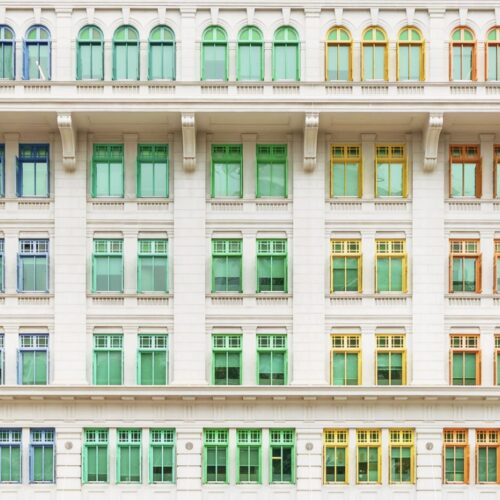


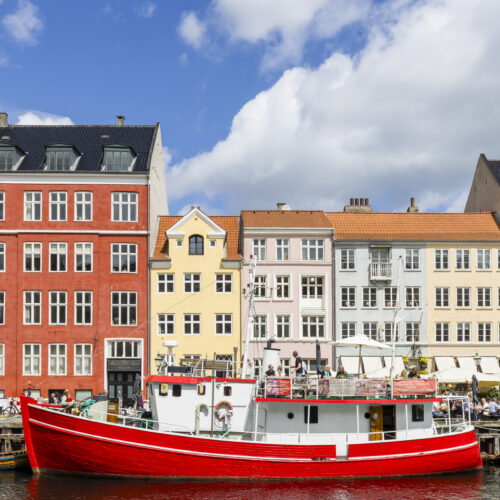




















 :
: 